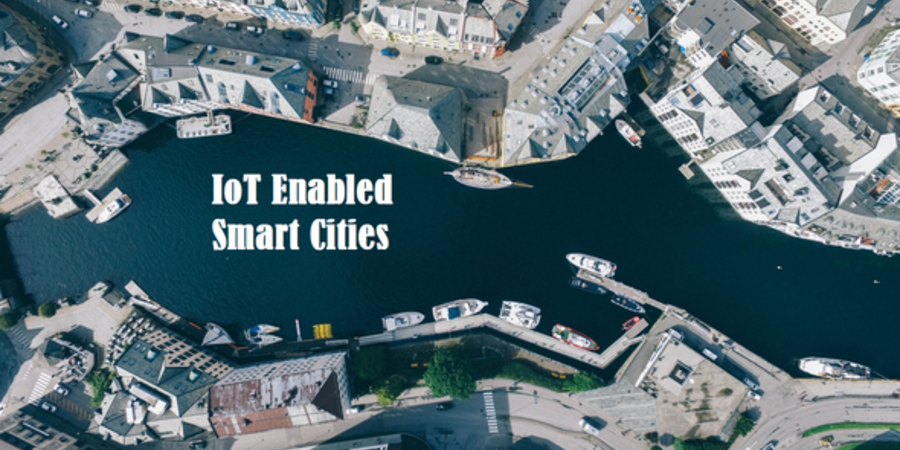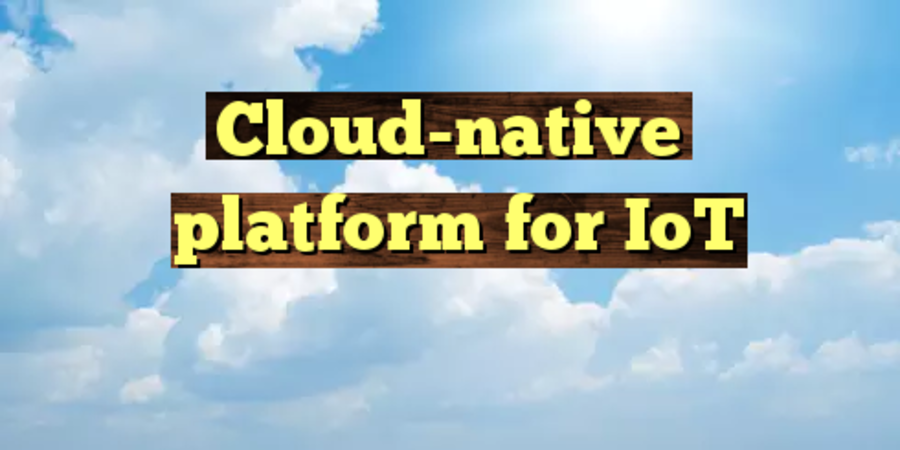Top articles, research, podcasts, webinars and more delivered to you monthly.
IoT-enabled Smart Cities: 3 priority areas in 2018
Smart Cities will be built on a combination of infrastructure from players, including telecoms operators, mobility operators, public safety agencies,...


